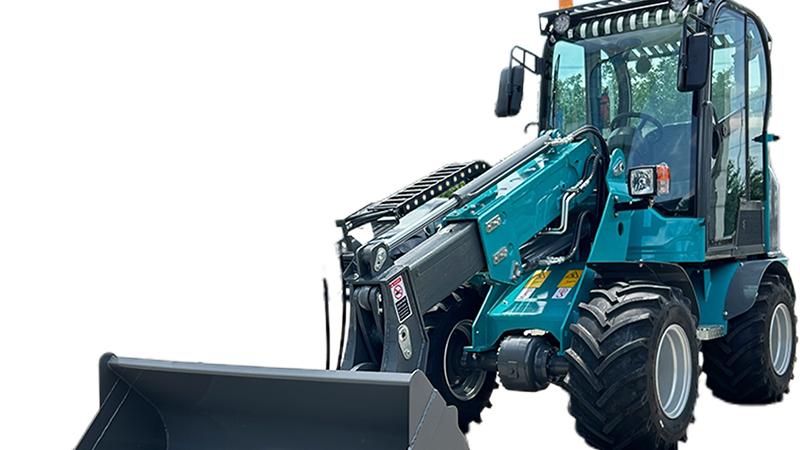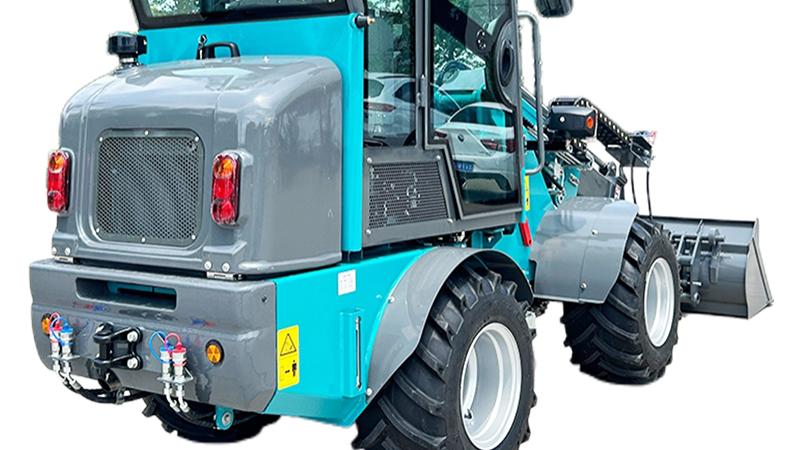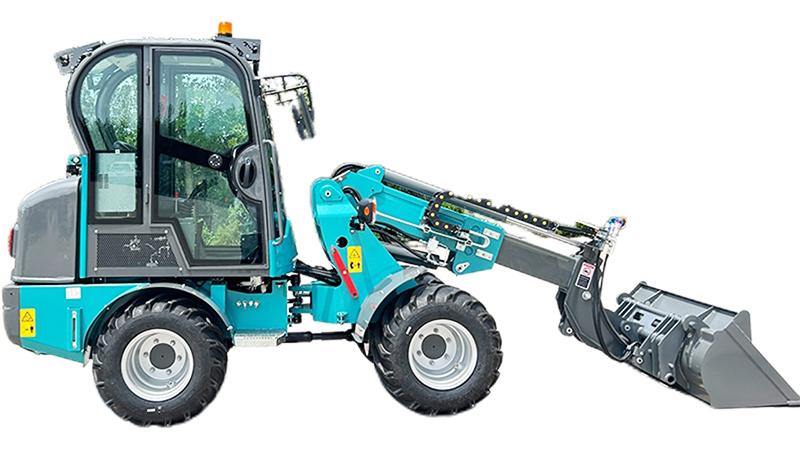The question of which brand of telescopic loader stands as the most reliable is a topic of intense debate on construction sites, farms, and industrial yards across the globe. Unlike a simple specification sheet comparison, reliability is an elusive quality, forged over years of operation in harsh conditions. It is the measure of a machine's ability to perform its duties day in and day out with minimal unscheduled downtime, a factor that directly impacts project timelines and the total cost of ownership. The telescopic loader, with its unique combination of reach and lift capabilities, has become an indispensable tool, but its complex interplay of hydraulics, structural engineering, and powertrain presents numerous potential points of failure. To crown a single brand as the unequivocal most reliable is to ignore the nuanced realities of different applications; a machine perfectly reliable in the controlled environment of a warehouse may falter under the abrasive dust of a quarry. Therefore, the pursuit of the most reliable telescopic loader is less about identifying a single winner and more about understanding the engineering philosophies and proven track records of the leading manufacturers. These market leaders, namely Manitou, JCB, and John Deere, along with other strong contenders like Genie and JLG, have each cultivated a reputation built on distinct principles. Some prioritize innovative design and specialized applications, while others emphasize rugged simplicity and ease of maintenance. The answer for an end-user lies in aligning a brand's particular strengths with the specific demands of their work, their operational environment, and their maintenance capabilities. This analysis delves beyond marketing claims to examine the core elements that constitute reliability in a telescopic loader: structural integrity, component selection, hydraulic system sophistication, and the crucial support network that keeps the machine running long after the warranty has expired.
When assessing the pillars of reliability, the conversation must begin with the established pioneers and volume leaders in the telehandler sector. Manitou, a French company, is often credited with inventing the rough-terrain forklift and has built a global reputation on a deep specialization in material handling. Their telescopic loaders are renowned for their robust chassis and boom designs, engineered to withstand constant heavy lifting and stressful side-loading scenarios. Manitou's philosophy often seems to prioritize functional durability over cutting-edge technological integration in their core models, which can translate into simpler systems that are less prone to complex electronic faults. This focus on mechanical solidity makes them a favorite in agricultural and industrial settings where brute strength and longevity are paramount. JCB, the British manufacturer, is another titan in the field, boasting a vast product range and a reputation for innovative engineering. The JCB Loadall is an iconic machine, and the company heavily promotes its impressive lifting capacities and forward reach. JCB's reliability is often associated with its vertical integration; the company manufactures its own engines, axles, and booms, allowing for stringent quality control and systems designed to work in perfect harmony. However, this integration can sometimes mean that proprietary parts and specialized knowledge are required for repairs, which could be a consideration in remote locations. Conversely, a brand like John Deere brings its legendary reputation for durability from the agricultural world to the telescopic loader market. Deere’s machines are perceived as over-built and incredibly sturdy, with a strong emphasis on serviceability. Components are often arranged for easy access, and the dealer network is synonymous with excellent support. Each of these brands presents a compelling case: Manitou for its specialized durability, JCB for its integrated innovative power, and John Deere for its straightforward, service-friendly ruggedness. Their long-standing presence in the market provides a deep well of user feedback and proven performance data that newer entrants simply cannot match.
Beyond the established giants, the reliability landscape includes specialized manufacturers and newer entrants who compete on specific features or value propositions. Companies like Bobcat (a subsidiary of Doosan) leverage their strong brand recognition in compact equipment to offer telescopic loaders known for their agility and ease of use, particularly in North American markets. Their reliability is often linked to the use of proven third-party components, such as Deutz or Kubota engines, which have their own well-documented service histories and widespread parts availability. This approach can simplify maintenance for equipment fleets that already run other machines with similar engines. Italian manufacturers like Merlo offer a high-tech alternative, frequently incorporating advanced hydraulic systems and comfort-focused cabs. Merlo’s reputation for reliability is built on precision engineering and innovation, such as their unique “High Flow” hydraulic system, which is excellent for demanding applications but may introduce complexity that requires highly trained technicians for diagnostics and repair. Similarly, American manufacturers like Genie and JLG, leaders in the aerial work platform sector, bring their expertise in boom design to their telehandlers. Their machines are often very capable but may be optimized more for rental fleet durability—withstanding frequent, sometimes rough, use by different operators—rather than the long-term, owner-operator reliability sought by a farming operation. This distinction is crucial; reliability for a rental company means maximizing uptime between scheduled services and surviving abusive treatment, while reliability for an owner-operator means minimizing lifetime repair costs over a decade of use. This tier of the market demonstrates that reliability is not a monolithic concept but is instead tailored to different market segments and their definitions of dependability.
Ultimately, the question of the most reliable telescopic loader brand cannot be answered without considering the critical context of dealer support, parts availability, and total cost of ownership. A perfectly engineered machine from any brand becomes unreliable the moment it sits idle for weeks waiting for a proprietary part to be shipped from another continent. Therefore, the most reliable brand for a specific customer is often the one with the strongest, most responsive dealer network within their operational region. A John Deere dealer known for fast field service in the American Midwest contributes more to that machine's real-world reliability than any theoretical engineering advantage a competitor might claim. Similarly, the complexity of the machine directly impacts its serviceability. A telescopic loader laden with advanced sensors and computer-controlled systems may offer superior performance and fuel efficiency, but diagnosing a fault may require specialized software only available at a central dealership. In contrast, a more mechanically simple machine with standardized components might be repairable by a local mechanic, drastically reducing downtime. This is where the concept of reliability expands into the pragmatic calculation of Total Cost of Ownership (TCO). The most reliable machine is the one that, over its entire lifespan, incurs the lowest costs for fuel, maintenance, repairs, and, most importantly, unscheduled downtime. For a large construction company with a dedicated maintenance team and a national service agreement, a technologically advanced Merlo or JCB might offer the lowest TCO through its efficiency and productivity. For a single-site farm, a Manitou or John Deere with its mechanical simplicity and easy access to local service might be the more reliably economical choice. In conclusion, while brands like Manitou, JCB, and John Deere consistently top industry surveys for durability and customer satisfaction, the title of "most reliable" is not universally transferable. It is earned through the synergistic relationship between a well-designed machine and a robust support system, and it is ultimately defined by the specific needs and circumstances of the operator who depends on it every day.
Post time:Sep.24.2025



